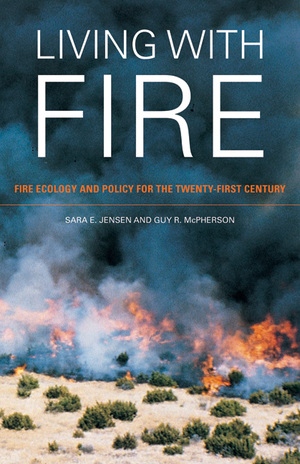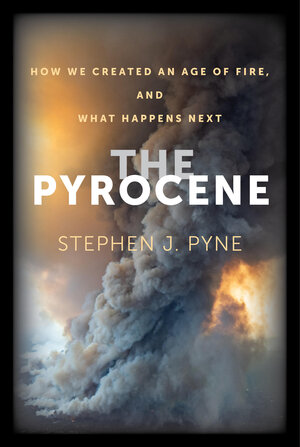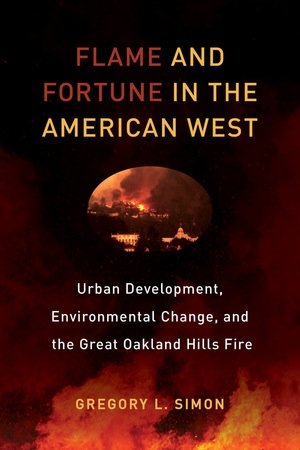For the 100th anniversary of Fire Prevention Week, UC Press is highlighting books on the relationship between fire, people, and the environment.
Introduction to Fire in California
Second Edition
by David Carle
In this revised edition, David Carle covers the basics of fire ecology; looks at the effects of fire on people, wildlife, soil, water, and air; discusses fire-fighting organizations and land-management agencies; and explains how to prepare for an emergency and what to do when one occurs.
The Pyrocene
How We Created an Age of Fire, and What Happens Next
by Stephen J. Pyne
The Pyrocene tells the story of what happened when a fire-wielding species, humanity, met an especially fire-receptive time in Earth’s history. Since terrestrial life first appeared, flames have flourished. Over the past two million years, however, one genus gained the ability to manipulate fire, swiftly remaking both itself and eventually the world. We developed small guts and big heads by cooking food; we climbed the food chain by cooking landscapes; and now we have become a geologic force by cooking the planet.
Around fires, across millennia, we have told stories that explained the world and negotiated our place within it. The Pyrocene continues that tradition, describing how we have remade the Earth and how we might recover our responsibilities as keepers of the planetary flame.
Flame and Fortune in the American West
Urban Development, Environmental Change, and the Great Oakland Hills Fire
by Gregory L. Simon
Flame and Fortune in the American West creatively and meticulously investigates the ongoing politics, folly, and avarice shaping the production of increasingly widespread yet dangerous suburban and exurban landscapes. The 1991 Oakland Hills Tunnel Fire is used as a starting point to better understand these complex social-environmental processes. The Tunnel Fire is the most destructive fire—in terms of structures lost—in California history. More than 3,000 residential structures burned and 25 lives were lost. Although this fire occurred in Oakland and Berkeley, others like it sear through landscapes in California and the American West that have experienced urban growth and development within areas historically prone to fire.
Tending the Wild
Native American Knowledge and the Management of California’s Natural Resources
by M. Kat Anderson
M. Kat Anderson presents a wealth of information on native land management practices gleaned in part from interviews and correspondence with Native Americans who recall what their grandparents told them about how and when areas were burned, which plants were eaten and which were used for basketry, and how plants were tended. The complex picture that emerges from this and other historical source material dispels the hunter-gatherer stereotype long perpetuated in anthropological and historical literature. We come to see California’s indigenous people as active agents of environmental change and stewardship. Tending the Wild persuasively argues that this traditional ecological knowledge is essential if we are to successfully meet the challenge of living sustainably.

Living with Fire
Fire Ecology and Policy for the Twenty-first Century
by Sara E. Jensen and Guy R. McPherson
Fire, both inevitable and ubiquitous, plays a crucial role in North American ecosystems. But as necessary as fire is to maintaining healthy ecosystems, it threatens human lives and livelihoods in unacceptable ways. This volume explores the rich yet largely uncharted terrain at the intersection of fire policy, fire science, and fire management in order to find better ways of addressing this pressing dilemma. Written in clear language, it will help scientists, policy makers, and the general public, especially residents of fire-prone areas, better understand where we are today in regard to coping with wildfires, how we got here, and where we need to go.
Fire in California’s Ecosystems
edited by Jan W. van Wagtendonk, Neil G. Sugihara, Scott L. Stephens, Andrea E. Thode, Kevin E. Shaffer, Jo Ann Fites-Kaufman
Fire in California’s Ecosystems describes fire in detail—both as an integral natural process in the California landscape and as a growing threat to urban and suburban developments in the state. Written by many of the foremost authorities on the subject, this comprehensive volume is an ideal authoritative reference tool and the foremost synthesis of knowledge on the science, ecology, and management of fire in California.






